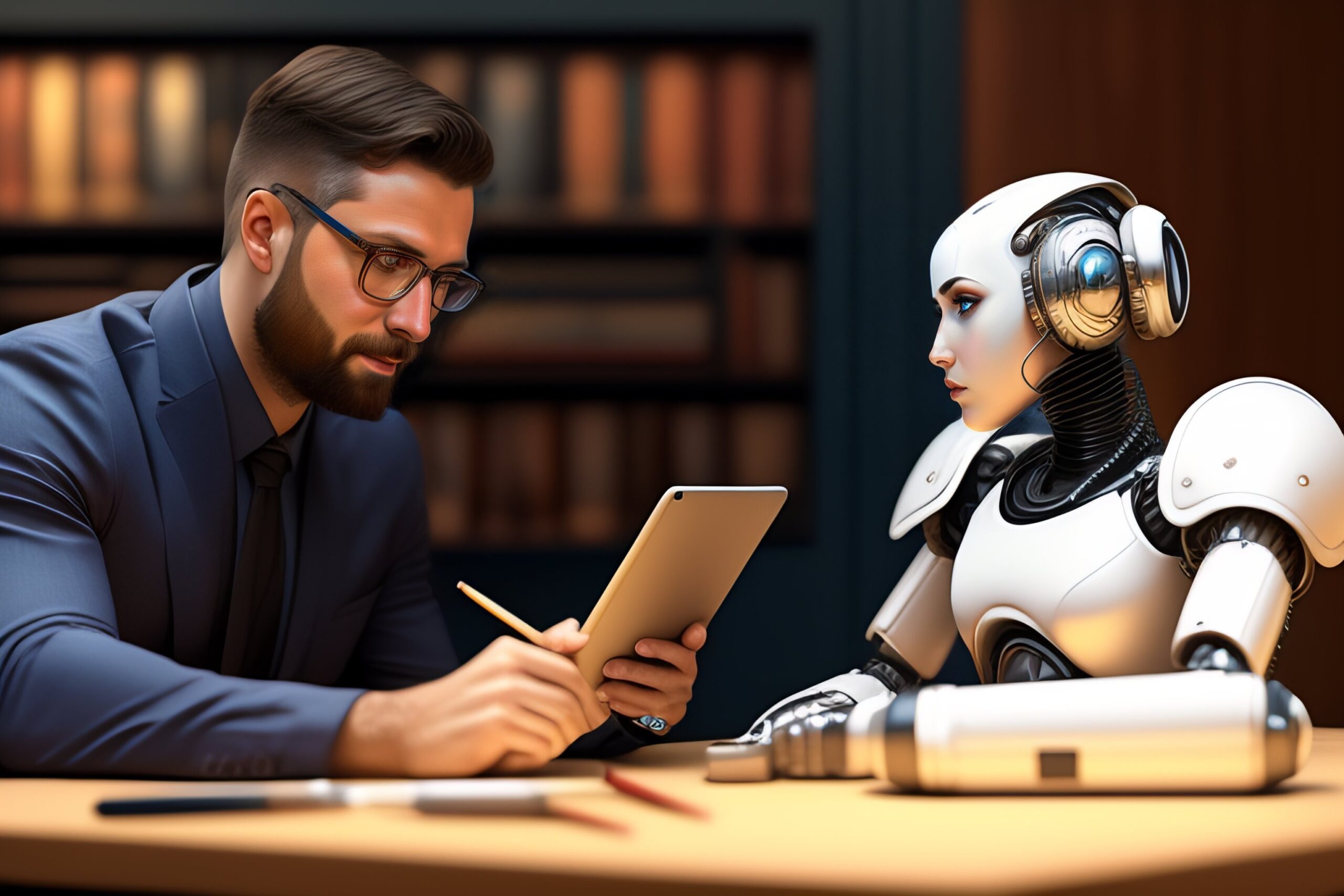
As the field of AI translation systems continues to advance, there is a growing debate about the potential consequences of these technologies completely replacing human translators. While AI translation systems have made significant progress, there are concerns regarding their ability to accurately convey the intended meaning of a text, particularly in complex linguistic and cultural contexts.
AI translation systems leverage powerful algorithms and machine learning to process vast amounts of data and generate translations quickly. These systems have gained popularity due to their efficiency and accessibility, allowing users to translate content instantly. However, even the most advanced AI translation technologies have their limitations when it comes to capturing the nuances and subtleties of language.
One of the major challenges faced by AI translation systems is the accurate interpretation of context. Languages are rich in ambiguity, and understanding the context in which a word or phrase is used is crucial for providing an accurate translation. Human translators excel in this aspect as they possess the ability to comprehend the broader context, including cultural nuances and idiomatic expressions, which greatly influences the interpretation and translation process.
Moreover, human translators bring their extensive language and cultural experience to the table. They can apply their knowledge of idioms, colloquialisms, and regional variations to produce more accurate translations that truly capture the intended meaning. Human translators also have the ability to adapt their translations to specific target audiences, considering cultural sensitivities and the desired impact of the translated content.
While AI translation systems have made remarkable advancements and are continuously improving, they still struggle to match the expertise and adaptability of human translators. The art of translation involves more than just linguistic accuracy; it requires a deep understanding of cultural contexts, creativity, and the ability to convey emotions effectively.
Despite the advantages human translators possess, it is important to recognize the potential of AI translation systems. These technologies offer immense value, especially for tasks that require quick and basic translations. AI systems can assist human translators by automating repetitive tasks and providing suggestions, thereby enhancing productivity and efficiency.
The future of translation may lie in finding a harmonious balance between AI and human translators. Collaborative efforts, where AI technologies are used as tools to support and augment human translators, can result in enhanced translation quality and faster turnaround times. By leveraging the strengths of both AI and human translators, businesses and individuals can benefit from accurate and culturally appropriate translations.
In conclusion, the battle between AI and human translators continues to unfold. While AI translation systems offer speed and accessibility, human translators bring the essential elements of context, cultural understanding, and adaptability. It is likely that a hybrid approach, combining the power of AI technologies with the expertise of human translators, will shape the future of translation, ensuring the delivery of accurate and nuanced translations in an increasingly globalized world.

